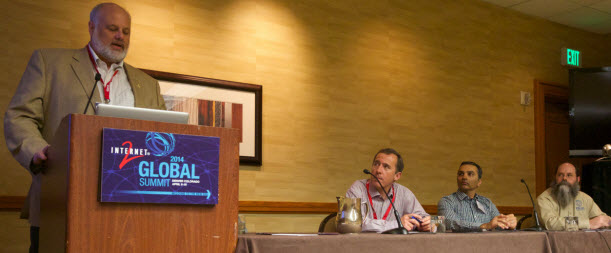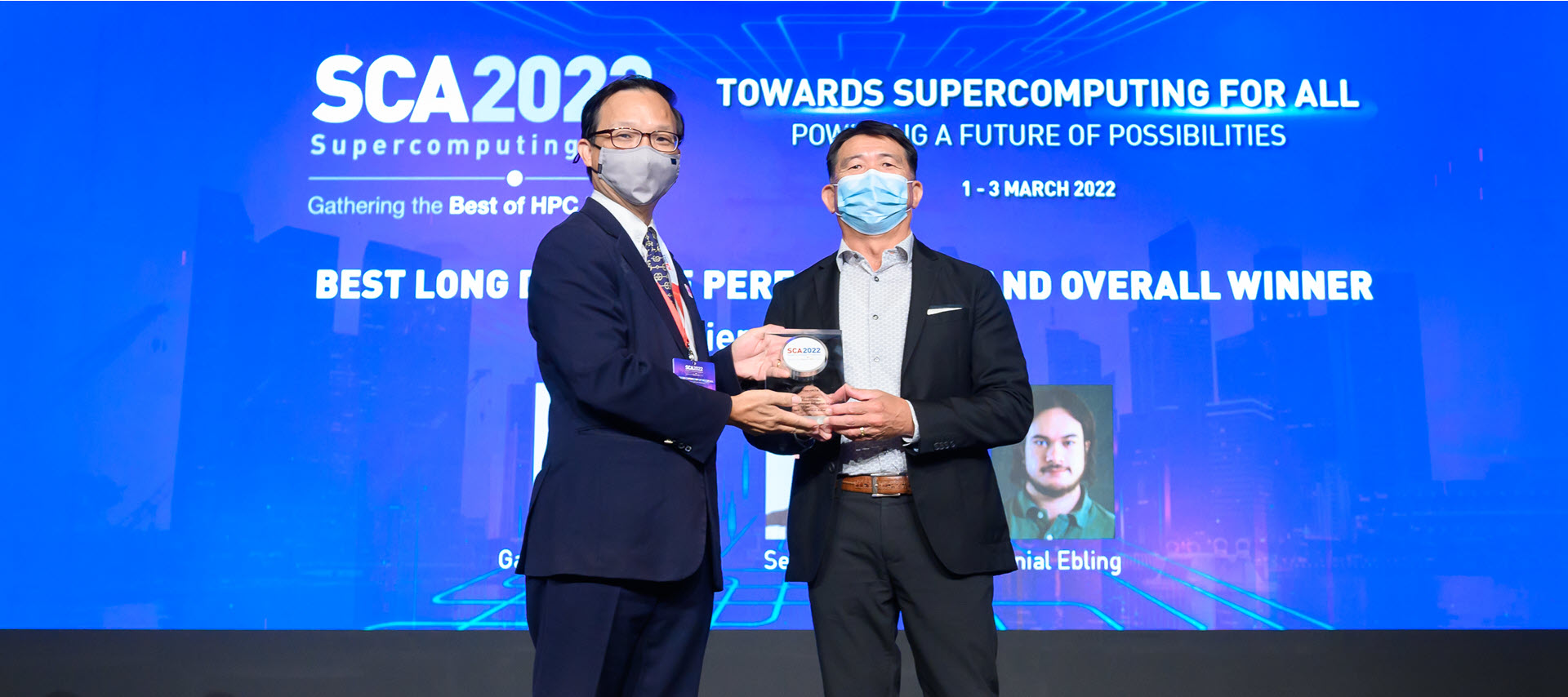What will research networks look like in 2020?
With their need to share massive amounts of research data with other institutions around the globe, research networks often live on the front edge of what’s possible with networking technology. They many times serve as a beacon that commercial networks follow.
Where that technological beacon will be in the future was a question Ciena’s Rod Wilson posed to a panel at last week’s Internet2 Global Summit. Three panelists representing university, state network and national network operators discussed the possible dimensions and characteristics evolved research network architectures would take in the year 2020. While that may seem far away, these panelists are making decisions today that will shape networks in 2020. Their answers revealed three different yet interconnected perspectives. Let’s peer into the crystal ball.
Where are we today?
The discussion panel, addressing the standing room only audience, started with a discussion of their top challenges today. Not surprisingly, the panelist all had unique challenges. Steve Corbato, executive director, CI strategy at the University of Utah identified the need to move away from building campuses around geographies and rather build around a role/risk profile of the user, as well as the need to think about networks as a system that can be utilized as a resource similar to the way we utilize compute and store today.
Akbar Kara, chief technologist at LEARN, focused on LEARN’s challenge of the last mile, getting the bandwidth from LEARN POPs to end users. Joe Metzger of US Department of Energy, Energy Sciences Network (ESnet), highlighted the complexity of science flows often transiting multiple domains, and the challenges faced in assuring performance in that mesh of domain owners, both nationally and internationally. All three touched on the criticality of intelligent monitoring and automated discovery, provisioning and dynamic failure recovery.

Rod Wilson, speaking, hosts a panel session at the Internet2 Global Summit.
What does the future hold and what are the building blocks to get there?
Bandwidth growth will continue to march towards the Terabit+ horizon. From a national network viewpoint, Joe Metzger saw two scenarios. Either the projected growth trends slow down or by 2020 it will be electricity power requirements that will transcend network bandwidth and performance as the key expensive and technical issue in network architectures.
From the state network perspective, Akbar Kara agreed that the costs of space and power will require a shift in approach. Network function virtualization (NVF) may provide an opportunity to reduce physical boxes, thus lessening equipment space and power requirements and increasing the flexibility of where centralized services machines are housed. Although power costs were on the radar for Steve Corbato, at the university level, mobility and the need to deliver services in an “app store” fashion is critical to serving university customers in 2020. Students think service, not boxes.
What about privacy?
From the national and state network perspective, securing the network from external malicious intent will continue to be a priority. However, network operators that connect directly to end users have the most liability in terms of data security and ensuring regulatory compliance such as HIPPA, PCI and FERPA.
Where does SDN fit?
All panelists shared the need for greater network control to help deliver services more quickly and flexibly to their customers. It is widely believed that SDN will help bring about this control, but that SDN outside the data center is still more promise than practice, at least for today.
To some, 2020 may seem a long way off. But for builders of high performance networks at every level, it will be here before we know it. The time is now to create a strategy and start to lay the necessary foundation. Many national research and education networks (NREN) have already implemented 100G network upgrades in response to changing needs of users and increasing demand for higher capacity networks.
As an example, just today Belgian national research network Belnet announced that it was upgrading its infrastructure to 100G using Ciena gear. The new 100G capacities will be available August 2014. In the announcement, Belnet said that it sees this upgrade as an opportunity to create an intelligent, dynamic next-generation network that will allow for years of scalability as well as flexible service delivery and the foundation of advanced services.
Overall it was a great panel discussion that provided a view into the possible direction of these three networks. What are your thoughts on the future of research networks? How will you prepare for 2020?





